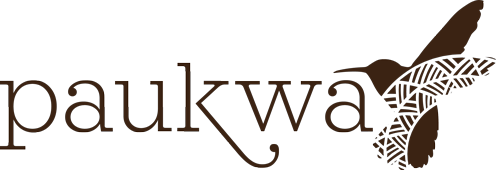During the first few days working at a Nairobi-based nursing NGO, I met this guy called Tom. He seemed not to care much about his appearance:, he often wore oversized, semi-formal clothes; always had a sling bag, lopsided spectacles. I distinctly remember wondering how we ended up in the same workplace. Nonetheless, my curiosity as a writer took over and I struck up a conversation with him during one of the 10 am coffee breaks.
I learned that Tom was a biostatistician: his speciality was dealing with data relating to living organisms – but that wasn’t enough for me to understand what exactly he was doing in a Nursing School. Later, I ambushed him with more questions and discovered that he had worked as a nurse, a midwife, an advocate for safe abortions, had two Master’s degrees (one in Public health and another in Economics), and he’d started planning to pursue his PhD. He was 34 years old.
At that point I realized I did not understand who nurses were, what they did, or how to approach them. Were they people who wanted to become doctors but didn’t make it? Were they doctor assistants? What could they do and what couldn’t they do?
Some time later, in the course of my work, I met a 28-year-old nurse called Tony after he had been flown to Mozambique to help the victims of Cyclone Idai. The cyclone had damaged most of Beira, the second-largest city in Mozambique, and the state’s government appealed to African counterparts to send help. Tony was part of Kenya’s emergency response team formed to help victims of the cyclone. Talking to Tony, he described the scene as “gory” when he landed. Entire villages had been swept away, roofs had been ripped from houses, and people had drowned and been cut by the debris and shrapnel that had been thrown about by the cyclone. Tony got to work, starting patients on intravenous (IV) fluids, deworming others, treating cuts, administering tetanus vaccines as well as pain killers, and tested others for malaria. From this encounter, I gained clarity on what nurses do: they plug the gaps in healthcare.
In 2020, as the COVID-19 pandemic ravaged the world, non-essential workers were forced to stay indoors and healthcare workers remained outside to try to heal the world. Many people celebrated doctors, and it was heartbreaking to see that very few people were celebrating nurses, yet they make up 59% of the world’s healthcare workforce according to the World Health Organization’s 2020 statistics. In Kenya, 85.9% of the healthcare workforce is made up of nurses. Eighty-five per cent! This means that in the rural areas, most people ONLY interact with nurses.
But this trying time came with its revelations and learnings. One of the nurses I interacted with, Zeddy, was awarded the Presidential Order of Service by the president on 1st June. Zeddy and 68 others were celebrated for their exceptional service during the pandemic. She was happy to receive the award, but its underbelly betrayed a struggle on the frontlines that many people cannot handle.
Zeddy recounted to me the first time she encountered a COVID-related death alongside colleagues. As the patient succumbed, they realized how much danger we were all in. None of them wanted to touch the patient’s phone lest they became infected, yet they were required to call the next of kin to the deceased. This is a reality most nurses have been confronted with over the past year. Many nurses have shared that they are afraid of going to work because they do not want to be infected, but they also fear going home because they don’t want to infect their families. Most healthcare workers have to shower in separate bathrooms from their loved ones, use separate toilets and utensils; some do not want to risk cooking for their children just in case they were infected but have not yet presented symptoms and Zeddy also shared the stigma around her neighbourhood where parents have told their children not to play with “the nurses’ children” to avoid infection.
My one meaningful takeaway was when she said: “There was a time we were discharging a patient and she hugged me joyfully. Our entire team was taken for testing and we were almost quarantined. Luckily the tests turned out negative.” Another nurse who handled one of the first COVID cases from Spain revealed that she received a patient who had not shown any symptoms, took her for the COVID test and checked her into the hospital for the night. The patient’s test came back positive for COVID and since she had been the first point of contact, she had to be isolated and quarantined. We forget that nurses are often the first, last and longest point of contact for a patient and are at the highest risk.
When I think about my Kenyan hero, I believe it is all the nurses around the world, and particularly in Kenya. How many of us would go through what they have gone through this past year or what they go through daily as part of their job? Especially for compensation that is incomparable to a doctor’s yet, they face similar risks and less prestige?

Martie Mtange is a creative non-fiction writer, a reluctant poet, occasional entrepreneur and a recovering shadow artist. He likes to challenge himself and others to do and be better by challenging any dearly held assumptions about everything. Check out more of his writing on his site: https://mtangemartie.wordpress.com/

